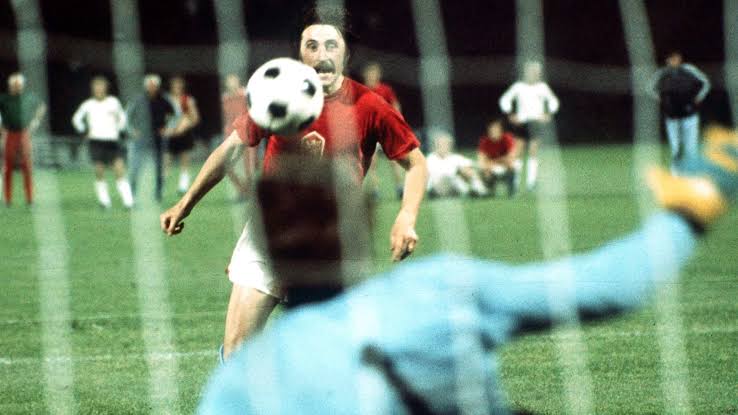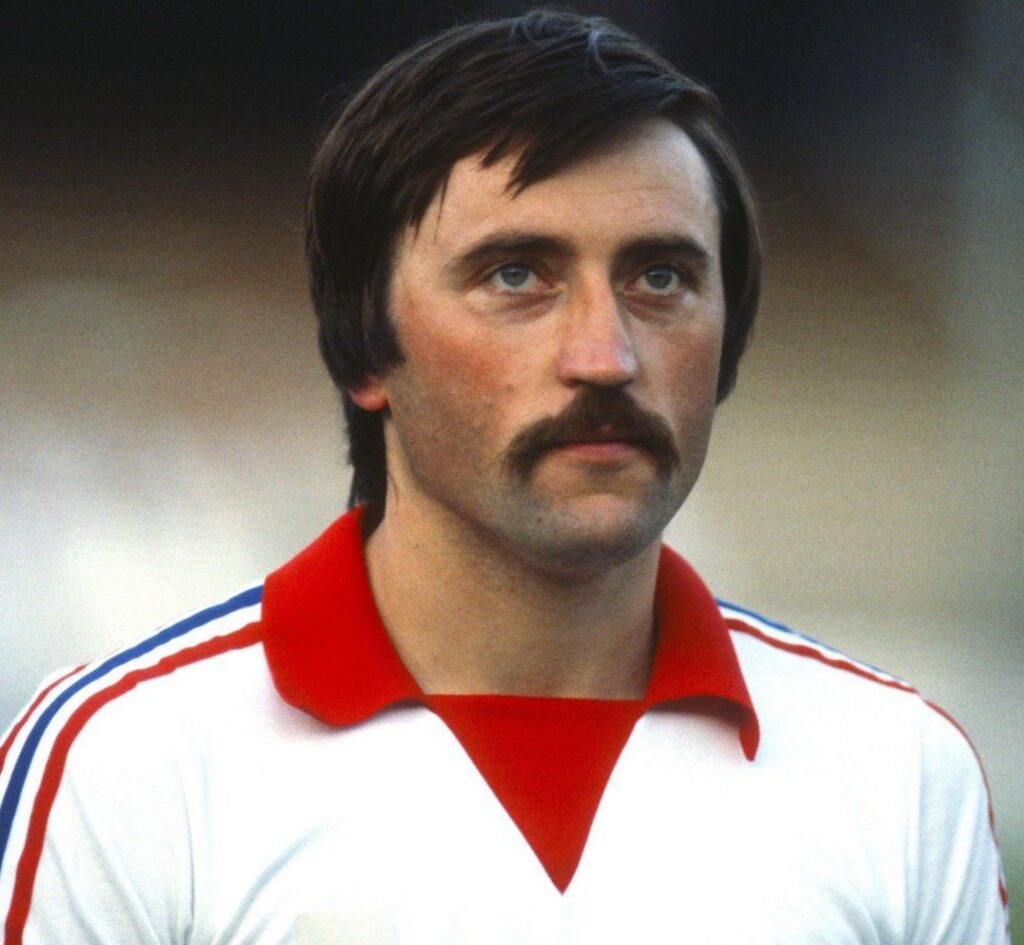Panenka | In the high-stakes world of soccer, where moments of brilliance can define legacies, few techniques capture the imagination like the Panenka. This audacious penalty kick, named after Czech footballer Antonín Panenka, is equal parts skill, psychology, and sheer nerve.
Since its debut in the 1976 UEFA European Championship final, the Panenka has become a symbol of creativity and confidence, cementing its place in soccer folklore. Let’s dive into the history, execution, and enduring allure of this iconic move and why it continues to captivate fans and players alike.
Panenka | The Birth of a Legend
The Panenka was born on June 20, 1976, in Belgrade, during the UEFA European Championship final between Czechoslovakia and West Germany. With the penalty shootout tied and the weight of a nation on his shoulders, Antonín Panenka stepped up to take his team’s fifth penalty.
Facing Sepp Maier, one of the world’s best goalkeepers, Panenka did the unthinkable, instead of blasting the ball or aiming for a corner, he delicately chipped it straight down the middle as Maier dove to his right. The ball floated into the net, clinching the title for Czechoslovakia in a 5-3 shootout victory.
His decision wasn’t a spur-of-the-moment whim. He had honed the technique in training, betting beers with teammates on whether he could outsmart goalkeepers by exploiting their tendency to dive.
“I wanted to show that I could think on the pitch,” Panenka later said. His gamble paid off, and the “Panenka” was born a term now synonymous with soccer audacity.
The Art of Deception
Executing the penalty requires more than technical skill, it demands a deep understanding of psychology and unshakable confidence. The kicker must convince the goalkeeper they’re going for power or placement, only to deliver a soft, central chip at the last moment.
Here’s how it works
The Run-Up: A normal, confident approach is key. Any hesitation or unusual movement might tip off the goalkeeper.
The Technique: The kicker strikes the ball with the inside of the foot, scooping it gently to create elevation. The goal is a soft, floating trajectory that clears the diving goalkeeper but stays under the crossbar.
The Mind Game: Timing is everything. The kicker must read the goalkeeper’s body language, waiting for the moment they commit to a dive. Too early, and the chip is too obvious; too late, and the ball might be caught.

The Panenka is a high-risk, high-reward move. A perfectly executed chip can leave opponents stunned and fans roaring, but a mistimed attempt or a goalkeeper who stays put can result in an easy save. It’s a move that separates the bold from the cautious.
Iconic Moments and Modern Masters
Since Panenka’s historic kick, the technique has been attempted by some of soccer’s greatest players, often in the most pressure-packed moments. Here are a few standout examples:
Zinedine Zidane (2006 World Cup Final)
In one of the biggest matches of his career, Zidane faced Italy’s Gianluigi Buffon in a penalty shootout. His Panenka clipped the underside of the crossbar before going in, showcasing his composure under immense pressure.
Andrea Pirlo (2012 UEFA Euros)
In a quarterfinal shootout against England, Pirlo’s effortless attempt over Joe Hart shifted the momentum, helping Italy advance. The coolness of the execution became an instant classic.
Lionel Messi (2022 World Cup)
Against the Netherlands in a tense quarterfinal shootout, Messi calmly chipped the ball down the middle, outwitting goalkeeper Andries Noppert and reinforcing his clutch reputation.
Not every attempt succeeds, however. Cristiano Ronaldo, Gary Lineker, and others have seen attempts saved when goalkeepers anticipated the move or stayed central.
These failures often spark debate: is the Panenka a stroke of genius or an act of arrogance? For every critic who calls it disrespectful, there’s a fan who sees it as the ultimate expression of flair.
Why the Panenka Endures?
The Panenka’s appeal lies in its blend of artistry and psychology. It’s not just a kick; it’s a statement. In a sport where margins are razor-thin, the penalty style is a rare moment of individuality, a chance for a player to outthink their opponent in front of millions. It’s a move that can shift the momentum of a match, demoralize opponents, and ignite crowds.
Yet, the Panenka is also divisive. Some argue it disrespects the game, especially when it fails in crucial moments. Others see it as a celebration of creativity, a reminder that soccer is as much about imagination as it is about athleticism.

Regardless of where you stand, there’s no denying it’s impact. It’s a technique that transcends generations, inspiring players from local pitches to World Cup finals.
A Legacy of Courage
Antonín Panenka’s daring chip in 1976 didn’t just win a championship; it redefined what’s possible in soccer.
Today, the Panenka remains a testament to the power of thinking differently, of taking risks when the stakes are highest. Whether it’s executed by a global superstar or an amateur with a dream, the Panenka embodies the magic of the beautiful game a moment where skill, nerve, and a touch of cheek can create history.
So, the next time you watch a penalty shootout, keep an eye out for the player who steps up with a glint in their eye. They just might be about to attempt a Panenka and add their name to soccer’s most audacious legacy.
Tunmise Nehemiah EGUNLETI

